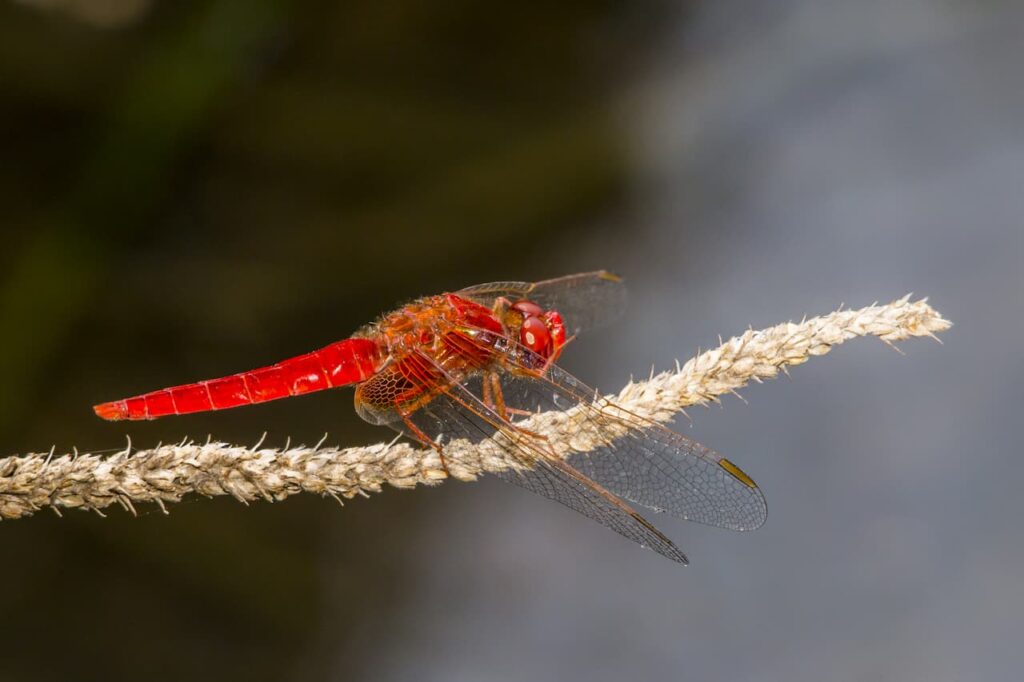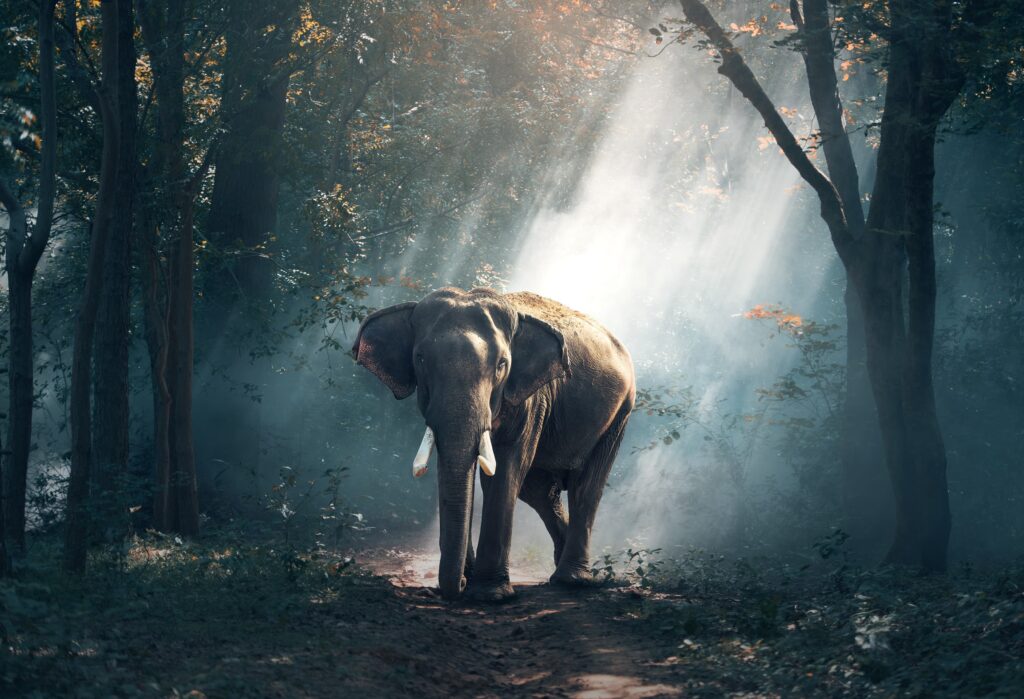Biodiversity is the cornerstone of a healthy ecosystem, providing countless benefits to humans and the planet. However, numerous species are teetering on the brink of extinction, with many already having disappeared. The International Union for Conservation of Nature (IUCN) Red List serves as a critical indicator of the health of the world’s biodiversity, categorizing species based on their extinction risk. This article delves into the importance of protecting these red-listed animals, the threats they face, and the measures we can take to ensure their survival.
Understanding the importance of protecting red-listed animals
Red-listed animals are those that have been assessed by the IUCN and found to be at varying levels of extinction risk. These categories range from Least Concern to Critically Endangered. Protecting these species is vital for several reasons:
Ecological Balance: Each species plays a unique role in its ecosystem. Predators, prey, and decomposers all contribute to the balance of natural processes. The loss of a single species can disrupt food webs, leading to unforeseen consequences for other organisms and the ecosystem at large.
Genetic Diversity: A diverse gene pool is essential for the adaptability and resilience of species. Genetic diversity helps populations withstand diseases, environmental changes, and other threats. The extinction of species reduces this genetic variability, weakening the resilience of ecosystems.
Human Benefits: Many species provide direct and indirect benefits to humans. Plants and animals are sources of medicine, food, and raw materials. Additionally, healthy ecosystems offer services like pollination, water purification, and climate regulation. By protecting red-listed animals, we safeguard these invaluable resources for future generations.
Major threats to red-listed species
The primary threats to red-listed species are often anthropogenic, meaning they result from human activities. Understanding these threats is the first step in mitigating them:
Habitat Destruction: Urbanization, deforestation, and agricultural expansion lead to habitat loss, which is the most significant threat to biodiversity. Animals lose their homes, food sources, and breeding grounds, pushing them closer to extinction.
Climate Change: Shifts in climate patterns alter habitats and food availability. Species that cannot migrate or adapt quickly enough face severe survival challenges. Coral reefs, polar bears, and amphibians are particularly vulnerable to these changes.
Overexploitation: Overfishing, hunting, and poaching deplete animal populations faster than they can recover. Illegal wildlife trade targets species for their body parts, fur, or as exotic pets, further driving them toward extinction.
Pollution: Chemicals, plastics, and other pollutants contaminate habitats, affecting the health and reproductive success of wildlife. Marine species, in particular, suffer from plastic ingestion and entanglement, while pesticides harm terrestrial animals.
Conservation strategies for red-listed species
Effective conservation strategies are crucial for the protection and recovery of red-listed species. These strategies often involve a combination of scientific research, policy-making, and community engagement:
Protected Areas: Establishing national parks, wildlife reserves, and marine protected areas provides safe havens where species can thrive without human interference. These areas are essential for preserving critical habitats and biodiversity hotspots.
Legislation and Enforcement: Strong laws and regulations are needed to protect endangered species from poaching, habitat destruction, and illegal trade. Effective enforcement ensures that these laws are upheld, deterring illegal activities and penalizing offenders.
Restoration Programs: Rehabilitating degraded habitats and reintroducing species into their native environments can help restore ecological balance. Programs that breed endangered species in captivity and release them into the wild are also vital for population recovery.
Community Involvement: Engaging local communities in conservation efforts fosters a sense of stewardship and responsibility. Educating people about the importance of biodiversity and providing alternative livelihoods can reduce dependence on activities that harm wildlife.
Global Cooperation: Conservation is a global issue that requires international collaboration. Agreements such as the Convention on International Trade in Endangered Species (CITES) and the Paris Agreement on climate change play crucial roles in coordinating efforts across borders.

Enhancing public awareness and education
- Educational Campaigns: Raising awareness about the plight of red-listed species through schools, media, and public campaigns can garner support for conservation efforts.
- Citizen Science: Involving the public in data collection and monitoring efforts can expand the reach of conservation projects and engage communities directly in wildlife protection.
Sustainable development practices
- Eco-friendly Agriculture and Urban Planning: Implementing practices that minimize habitat destruction and pollution can reduce the impact on wildlife. This includes promoting sustainable farming techniques and creating green urban spaces.
- Sustainable Tourism: Ecotourism, when managed responsibly, can provide financial support for conservation efforts and local communities, while raising awareness about endangered species.
In conclusion, the protection of red-listed animals is not just an environmental issue but a moral imperative. Our actions today will determine the fate of countless species and the health of our planet. By understanding the importance of these species, recognizing the threats they face, and implementing effective conservation strategies, we can work towards a future where biodiversity thrives and ecosystems flourish
